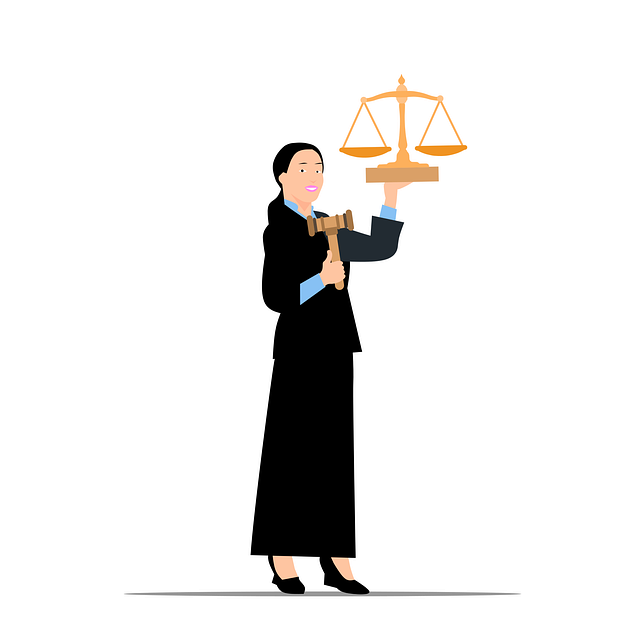Car accidents in no-fault states are handled differently than at-fault states, with a focus on swift compensation for personal injuries, property damage, and lost wages directly covered by insurance companies. At-fault states assign liability based on driver negligence, providing legal avenues for victims to seek compensation but potentially leading to prolonged legal disputes. Understanding global car accident fault dynamics impacts financial compensation and legal processes, emphasizing the importance of knowing who's responsible.
In the complex landscape of motor vehicle laws, understanding how car accidents are handled differs greatly between no-fault and at-fault states. This article clarifies these contrasting legal frameworks: from the foundational principles of no-fault systems to the detailed mechanisms of at-fault liability and its profound real-world implications. By exploring these perspectives, we gain insights into how different jurisdictions tackle the challenges posed by car accidents, shaping insurance claims, financial responsibilities, and victim compensation.
- Understanding No-Fault States: A Basic Framework
- At-Fault Liability: How It Works and Its Impact
- Real-World Implications: Comparing Legal Perspectives
Understanding No-Fault States: A Basic Framework

In no-fault states, the approach to handling car accidents is fundamentally different from at-fault states. The core principle in a no-fault system is that each driver is responsible for their own losses following an accident, regardless of who’s at blame. This framework prioritizes quick and efficient compensation for auto accident injuries and medical expenses by ensuring insurance coverage dispute resolution without the need to apportion fault.
No-fault laws are designed to streamline the process of recovering from a car accident. When a collision occurs, drivers’ insurance companies step in to cover the costs associated with personal injuries, property damage, and lost wages. This proactive approach reduces the burden on accident victims, who would otherwise need to navigate complex legal proceedings to secure compensation as directed by an at-fault system.
At-Fault Liability: How It Works and Its Impact

In an at-fault state, when a car accident occurs, liability is determined by assigning blame to one or more parties involved. This legal principle holds that each driver is responsible for their actions and the consequences that arise from them. If a driver’s negligence, such as speeding or running a red light, directly causes a collision, they are considered at fault. This can have significant implications, especially if it results in serious injuries. The affected party may then file a claim against the at-fault driver to seek compensation for medical expenses, lost wages, and other damages related to the accident.
Having an understanding of at-fault liability is crucial, particularly for individuals who are considering hiring a personal injury attorney. This system encourages safe driving behaviors as drivers know they could be held accountable if their actions contribute to an accident. It also ensures that those injured in car accidents have a clear legal path to seek redress and hold responsible parties accountable, which can be especially important in cases of product liability when defects in vehicles or other products cause collisions.
Real-World Implications: Comparing Legal Perspectives

In the realm of car accidents, determining fault is a complex matter with profound real-world implications. Legal systems worldwide employ different approaches to handle these incidents, notably dividing them into no-fault and at-fault categories. No-fault states focus on compensating victims promptly for their injuries and damages, regardless of who’s at blame. This approach streamlines the claims process, reducing costs and paperwork, but may limit compensation for severe auto accident injuries or wrongful death claims.
In contrast, at-fault states assign liability based on specific circumstances surrounding a car accident. Here, negligence plays a crucial role; drivers found negligent in partnership disagreements or other factors can be held responsible for the consequences. While this method ensures that those at fault are accountable, it can lead to lengthy legal battles and complex negotiations. The choice between these systems significantly influences how victims navigate the aftermath of accidents, affecting everything from financial compensation for auto accident injuries to the overall legal landscape.
In the debate over car accident fault, understanding the distinctions between no-fault and at-fault states is paramount. Each legal framework has its unique implications, with no-fault systems emphasizing prompt compensation for victims while at-fault liability systems focus on holding negligent parties accountable. As different states adopt these models, knowing their real-world applications becomes essential for both legal professionals and individuals navigating the complexities of car accidents. These insights highlight the ongoing evolution in how we address and resolve automotive incidents, shaping legal perspectives across the nation.






